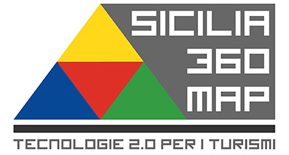A virtual dataroom is a cloud-based, secure platform that permits users to share important company documents with investors and clients. Most often, VDRs are used during M&A transactions, where due diligence involves examining complex sets of documents. VDRs are safer and easier to use, with advanced features like security and search, audit trail, and permissions for users.
The goal of a digital investor data room is to permit investors to access crucial information about the company online without having to travel or handle physical documents. It’s a great method to demonstrate the company’s commitment to protecting confidential information and allows the investor to decide if they want to go ahead with the deal.
Many startups use digital investor data rooms during rounds of fundraising. These virtual spaces enable businesses to showcase their expertise and increase the probability that the round will succeed. They also help to decrease friction between companies and possible investors by allowing both parties to review documents at the same time.
When you’re creating your own investor data room, it’s essential to create a clearly defined document structure, and a standard list of names for the files that are standardized across the data room. It’s important to include a master index with links to each subfolder for an easy navigation. It is recommended to limit access to a data room to those who need it, in order to prevent sensitive information from being mishandled or leaking to the public by others. It is advised to avoid sharing unorthodox data analysis in a data room because it can confuse and divert viewers. Instead utilize clear headlines to emphasize key points and hold the audience’s attention.




